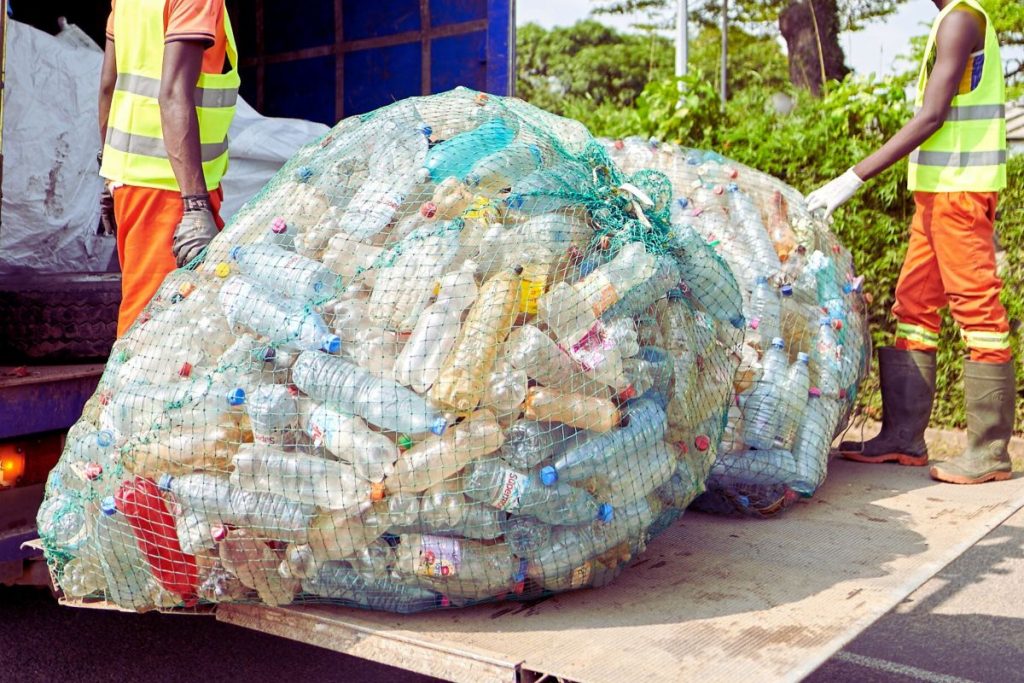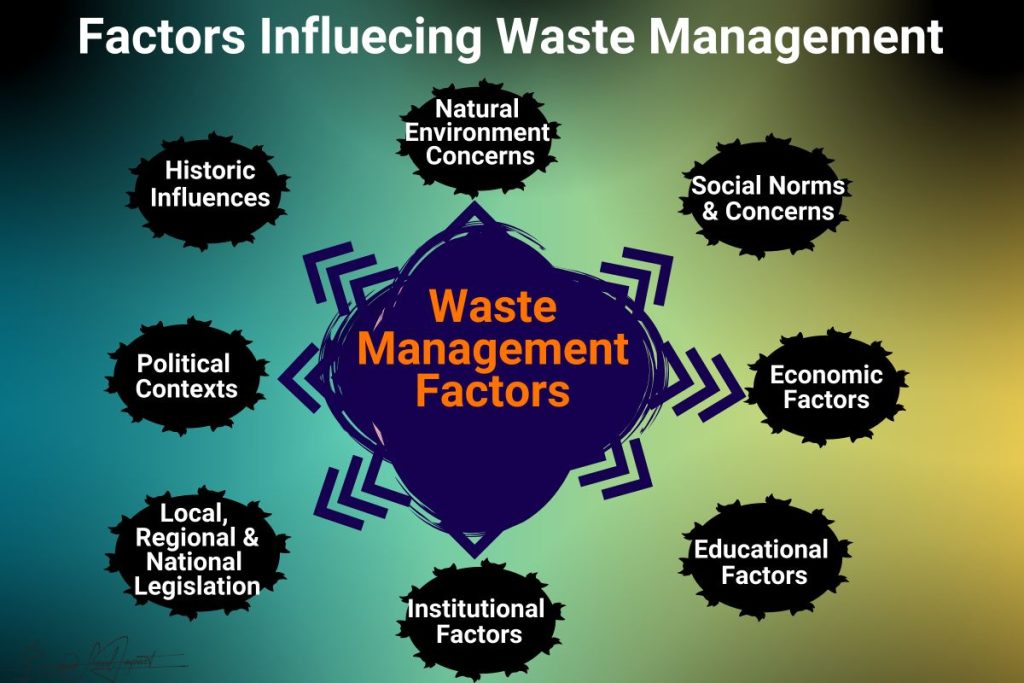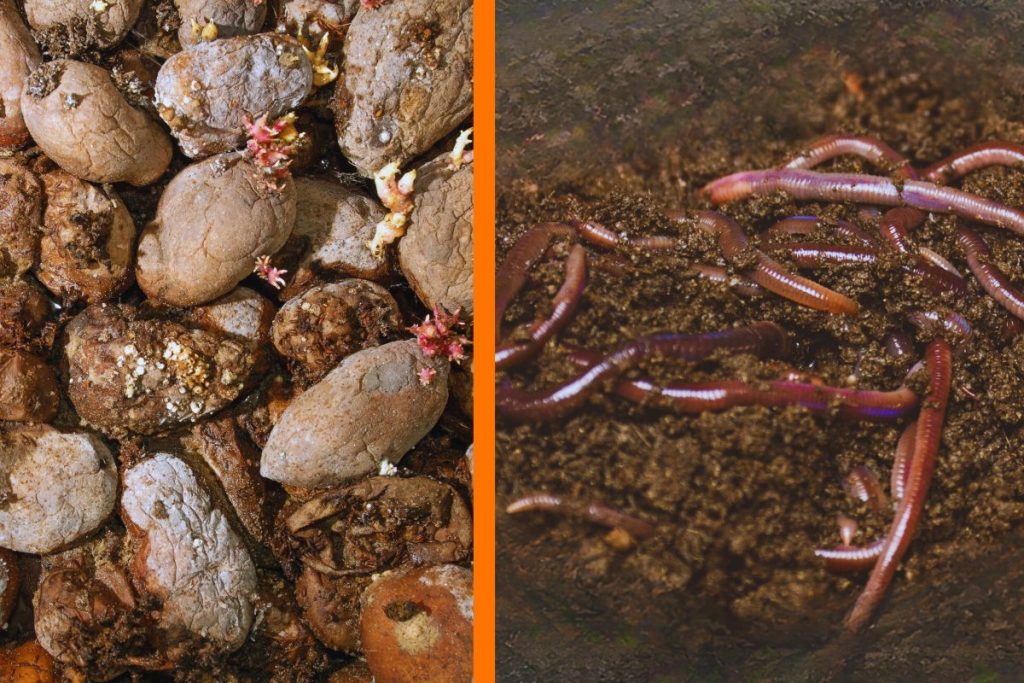Proper waste management is an essential element of environmental protection.
Waste management is at the centre of the set goals of protecting and rejuvenating our environment and building the health of our community.
Waste management includes the activities and actions required to manage waste, from its inception to its final disposal. It consists of the collection, transportation, treatment and disposal of waste, as well as monitoring and regulating the entire process.
Typically, waste is discarded because it has served its purpose or is no longer of use.
Improper disposal of waste can create unsanitary conditions, which can lead to pollution of the environment and outbreaks of vector-borne disease—that is, diseases spread by rodents and insects.


The proper tasks of solid-waste management can present complex technical challenges. The process can also pose diverse administrative, economic, and social problems that must be managed and solved.
As our community experiences advance, so should our waste management, up to the point of operating with the best modern systems that current technology and organised effort can present.
Proper solid-waste collection protects public health, safety and environmental quality.

Certain types of waste that cause immediate danger to exposed individuals or the environment are classified as hazardous and can cause air and environmental pollution if improperly dealt with. They are also dangerous because they outrightly defeat our purpose as a community. They can come from commercial, institutional, and industrial sectors and residential sources.
Waste that doesn’t cause immediate hazards is categorised as non-hazardous. The non-hazardous solid waste from the community that requires proper management can include garbage and rubbish. Garbage is bio-degradable, primarily food waste. Rubbish is mostly dry material such as glass, paper, cloth, or wood.
These two waste classes require separate regulations and practices for their disposal to minimise risks to public health and the environment.

Solid-Waste Management and Recycling
Modern solid-waste management plants in most developed countries now emphasise the practice of recycling and waste reduction at the source rather than incineration (burning).
Before any material can be recycled, it must be separated from the raw waste and sorted.
Separation can be accomplished at the source of the waste or a central processing facility. Source separation, also called kerbside separation, is ideal. This is where each member of the community (plus each collector of all categories of garbage when required) deliberately separates them.
At this stage of development in our society, we need help to establish optimal and most efficient equipment and labour to select and design a complex network of waste management. Nevertheless, we can start with what is possible. A lot is practicable and immediately required, especially in towns and city centres.

Recycling also means separating, recovering, and reusing components of solid waste that may still have economic value. Waste like paper, metal, glass, plastic, and rubber may still have the potential for reuse.
Colour-sorted glass is crushed and sold to manufacturers as cullet, an essential ingredient in glassmaking. Recovered broken glass can be smashed and used in asphalt pavement.
Steel cans are baled and shipped to steel mills as scrap. Aluminium is baled or compacted for reuse by smelters, and it can fetch a higher value as a recyclable material. Plastics are also recyclable.
With the ever-increasing problem of dumping electronic gadgets in most parts of Africa, a plan to deal with electronic waste is necessary.

Traditionally we’ve been burning garbage, which can be an effective method of reducing the volume and weight of solid waste but is dangerous. It can cause long-term health problems.
The toxic chemicals released during burning include nitrogen oxides, sulfur dioxide, volatile organic chemicals (VOCs) and polycyclic organic matter (POMs). Burning plastic and treated wood also releases heavy metals and toxic chemicals, such as dioxin.
There are modern incinerators where the waste is burned inside a properly designed furnace under very carefully controlled conditions.
Another method of treating municipal solid waste is composting, a biological process in which the organic portion of refuse is allowed to decompose under carefully controlled conditions.
Waste Treatment
Decomposition
Refuse can be safely deposited in a sanitary landfill, a disposal site that is carefully selected, designed, constructed, and operated to protect the environment and public health.
As a community, we must show a level of responsibility and clean up everywhere, including our streets, to minimise rodent or insect infections, diseases and offensive odours. The plastic bags we use and frequently dispose of anywhere in our environment are already dangerous to our soil, water sources and springs. We don’t want that. Certainly, it doesn’t fit the region’s vision that is characterised by a healthy and green environment.
